August WS150 and WS300 WiFi Multiroom Speakers Review
Dustin Abbott
November 19th, 2016
More than Just Bluetooth
I got my introduction to Bluetooth speakers a few years back with a Bose SoundLink. I followed that with a Sony SRS- X5, and after I got a reputation as a reviewer I’ve reviewed and used a number of Bluetooth speakers from a variety of brands. As many of you know, however, my main focus as a reviewing is on photography related equipment, so I’m not necessarily always on the cutting edge of what is happening in the sound technology field. I’ve reviewed several August products before, and I’ve been impressed by their ability to deliver good build and sound at a much lower price point than their mainstream brand competitors. When August contacted me about their most recent product line, I was initially nonplussed about the concept because I couldn’t see the logic of employing Wi-Fi as the connectivity instead of Bluetooth. I noted that the list price for the August WS150 and WS300 speakers were considerably more expensive than previous August products that I have reviewed. Hmmm…
I did some quick research before agreeing and saw that, indeed, multi-room wireless systems were the new thing. I also discovered that such systems are not inexpensive: the typical speakers ranged from $250 to north of $600. What was it about these systems that make them worth such a higher price point?
I didn’t take me long to figure out what made these type of speakers special. I’ve been using Bluetooth speakers for years, so I evaluated them first in the ways familiar to me. They can be connected through Bluetooth, NFC, Apple Airplay, and they have an AUX jack for those non-wireless audio sources (which I’m always happy to see). Beyond this the WS300 adds a nice perk of being able to have a USB flash drive plugged into the back for a local source of music and the WS150 does something similar in an appropriately compact fashion by allowing a Micro SD card to be slotted into the back. A lot of music options even before you get to the new tech!
Want to watch your review? Just click the video below:
Check me out on: Google+: | Facebook: | Twitter: | Flickr: | 500px: | Sign Up for My Newsletter :
Sound Quality
The first thing I did was quickly sync up first the WS300 and then the WS150 via Bluetooth to several devices. This was instructive in that I was able to evaluate the sound quality of each speaker in the traditional fashion. Speaking of which, let’s pause a moment and take a look (or a listen).
WS300
I look at the WS300 as a direct competitor to the Sony X5 that I own or the Bose SoundLink that I’ve used. The August is the largest of the trio, however. Here are the raw specs on it:
Output Power: 15W
Frequency Response: 60Hz ~ 20kHz
SNR: ≥85dB
Battery Play Time: 14 Hours
Product Dimensions: 25.6 x 8 x 13.5 cm and the weight is about 1.28kg/2.8 pounds. It is essentially rectangular in shape, embracing a classic look that eschews curves for a retro stylistic rectangular shape. The sides of the speakers are essentially speaker grill mesh, with a very nice soft touch material for the top and bottom. Both speakers have almost imperceptible rubber “feet” underneath (six of them) that shield the speaker from bumps, provides grip, but most importantly do a great job of isolating the speaker from vibrations and from them creating sympathetic vibrations in whatever surface they are placed on. The top section is flat but has large marked sections that can be depressed – these are the “buttons”. They are easy to find and respond well. The look works in person. Controls are very easy to use on either model. They are etched into the soft touch material all along the top and respond crisply to presses. I’ve found this to be a nice feature when using them near the sink while shaving. I don’t feel bad about reaching over with a wet hand to advance the track or control the volume whereas I might with more traditional buttons.
The WS300 is a speaker designed more for putting on a shelf (mine has found a spot on the mantle) and filling a room with sound than one designed for portability. If you want portability, then the WS150 is your better choice, but more on that in a moment. The WS300 embraces being pushed right up to its limit, and doesn’t flinch with the volume from my iPhone or iPad set to maximum. It comes alive in the latter third of my volume range, filling the room with a surprisingly amount of sonically rich sound.
I would have sworn that the Sony I’ve been using as a benchmark was slightly louder and had a bit more bass (it is a 20W unit with a subwoofer along with dual passive radiators that is rated down to 50hz). On paper it should have more volume and a stronger low end), but when I put them head to head I discovered that size does matter. That slightly larger, deeper cabinet for the WS300 pays dividends in the sound quality department.
The Sony SRS-X5 has a different profile. It is a bit taller, not quite as wide, and definitely less deep. The specs are 5.1 x 22.4 x 12.2 cm and 1.2 Kg. Think of it as being more tall and thin and less rectangular. I’ve always been impressed by the quantity and quality of sound that it could put out…
Until now.
I was so surprised by the difference in sound head to head that I had to bring several others into the room to verify what I was hearing. The August WS300 not only put out louder sound but also delivered clearly superior sound. More nuanced, brighter, and richer. It brought out more details in the music and handled its dynamics with more pizzaz.
Since the WS300 is using less power (which helps it to achieve a much longer battery life of 14 hours to the Sony’s 8), I can only conclude that the superior sound is due to the quality of the speakers and the design of the cabinet. Whatever makes the magic, consider me impressed. I give the WS300 high marks for sound quality.
WS150
The WS150 is a much smaller, more portable speaker. It clearly has a very different purpose, and is designed appropriately. Here’s a look at it’s specs:
Output Power: 10W
Frequency Response: 60Hz ~ 20kHz
SNR: ≥75dB
Battery Play Time: 22 Hours
Product Dimensions: 18 x 5.6 x 6.9 cm and weighs only 430 grams (right under a pound). It has a similar shape and profile to the WS300, save in a miniaturized version. It’s about 7 inches long, and is definitely very portable. It has an even more impressive battery life and is able to go up to 22 hours before needing a charge. I’ve been using both of these speakers for weeks for a half hour or so each morning during my morning devotions and didn’t need to charge them until I forgot to turn them off and came back to them being drained. Word to the wise – these have a great standby time in Bluetooth mode, but leaving them on in WiFi mode will drain the battery.
The sound quality from the smaller speaker is obviously not quite at the level of its big brother, but was a surprisingly strong competitor to my Sony. The Sony had a stronger low end, but the WS150 had arguably a brighter, more balanced sound. At its limits the WS150 is a bit less confident than the WS300, which feels like it still has plenty in the tank when at max volume. Still, the WS150 pushes out a rather excellent amount of sound for its compact size.
Both speakers are easy to operate, with a lot of appropriate feedback noises that helps you identify pairing and other operation modes. This includes voice feedback for when you are connecting/setting up Wi-Fi modes. I have only one complaint about the switches on the speakers, and that is that the On/OFF switches on the backs of them both could be both easier to find by touch and a little more precise in operation. I feel like I need to pick up the speaker and look at the switch and almost use a fingernail to catch the switch. The switch is a bit better on the WS150 than the WS300.
The Next Dimension of Connectivity
But it was when I ventured beyond the familiar that I discovered the best part of the new August Multiroom speakers. There are a couple of ways to set up the Wi-Fi on the WS speakers. Both require grabbing the free August ALink app from either the Apple App Store or Google Play. Once on your device, you can put the speaker into WPS mode, where it will activate Wi-Fi and start to look for a signal. You have two options here: 1) to access the infrastructure Wi-Fi network that your phone or tablet is connected to or 2) to create an ad-hoc (direct) connection to the speaker’s Wi-Fi. It can take a couple of minutes for everything to sync up, but once you have it setup, picking everything back up is pretty simple. I had a few hiccups getting everything set up the first time, but after that point everything has worked as it should. Open the app, turn on the speaker (no particular order), and the two will be talking within a few seconds and a voice will say, “Wi-Fi Connected”.
This is where the multi-room concept comes into play, as it allows you to not be directly tethered to the speaker in the way that Bluetooth/NFC requires. You can be in another room and continue to control the speaker. Beyond that, through the app you can access the memory stick in the WS300 and have full control over what music you want playing (without the app connection the speaker will just pickup playback on the memory device from the last track played – which seems to be the way the Micro-SD card playback on the WS150 works). The cool thing is that once you start playing your music you can pretty much forget about it. Even if the phone is no longer connected your local music on the speaker will keep playing. You can either reconnect the phone and app to turn it off or just physically turn the speaker off.
Because of the Wi-Fi connection you can also get your music from the cloud. The August ALink app supports a number of popular streaming services and you can stream playlists and stations from Tidal, Spotify, TuneIn and iHeart Radio directly through Wi-Fi. There are five other streaming music services you can access, including TTPOD, Douban FM, XIMALAYA, QINGTING FM, and QQMusic. I’m not familiar with some of these, but I’m sure that many of you are. You can also stream music from your musical library on your device (but this music must be local [on your device], so something like Apple Music won’t work…at least for now). You can also stream music from your PC and/or Media Hub. Suffice it to say you have a LOT of options for sharing music. This is the upside of the Wi-Fi connectivity on the music front. Even better news: once you get the app or media hub playing, you don’t have to keep your phone connected. You can just let it play.
The multi-room concept is furthered by the fact that you can connect up to 4 WS speakers at the same time. You can set them up in different rooms throughout the house, and each speaker can be independently controlled through the app, including the individual volume levels. But it gets better: you also have the option to put the speakers in sync and then assign whether they play L+R, Right, or Left channels. Even if you are streaming the music off a memory stick or SD Card in one of them the speakers will sync up and something really special happens then.
As good as one of these speakers sounds independently, they sound infinitely better paired in stereo. Play around with the placement of two or more speakers in a room, put them in the appropriate Left/Ride modes, and you will be blown away by how immersive the sound becomes. It sounds fantastic, and the software does an incredible job of perfectly syncing the sound. There can be a split second when things are out of sync as a new track begins, but the synchronization is always right on afte that. When spacing the speaker appropriately it is like listening to a really fantastic set of stereo headphones. Your music comes alive, and the portability of the speakers makes it easy to create a really special listening space. As always, if you place the speakers near a surface that the sound can bounce off of you can enhance the low end and the volume.
I personally found the app fairly well designed and intuitive for coming from a smaller independent company. I was able to find pretty much everything that I wanted there, though I will offer up a couple of suggestions for improvement. 1) It would be nice to incorporate a highly visible battery life indicator into the app. When you are connected via Wi-Fi you lose the little battery life indicator at the top of the IOS screen that you get when you have a Bluetooth connection. 2) I would like to see a better sorting system for local music via USB/SD. If you have a fair bit of music there is a lot of scrolling involved. Finally, I don’t know if it is possible for August to access the lock screen of an iDevice, but it would be very nice to be able to pause/play without opening the phone/tablet and accessing the app directly.
There’s not much in the box other than the speaker and a charge cable. The charge cable has a standard USB end and a micro USB end for where it slots into the back of the speaker to charge. No AC adapter is provided, but fortunately it seems like most everything is coming with USB charge ports on it. You can always borrow your phone or tablet AC adapter, or, if you have none of these options, you can find an AC adapter for USB devices at the dollar store. When completely dead charge time is listed at 8 hours, though I’ve never seen that long a charge period myself
How Much?
Bottom line is that while the August WS150 and WS300 are cheaper than most of the major brands, these still aren’t cheap. The WS150 runs about $120 here in Canada, with the WS300 surprisingly only a few dollars more. There are frequently deals on Amazon when buying more than one (right now you can get 20% off). On Amazon.com the WS150 runs $99.95 and the WS300 runs $119.95. Look for deals there, too.
Check out the August International website for more info and linkage to purchase in other countries.
In Summation
These are pretty cool speakers. I’m most impressed with the bigger WS300, but that’s because I have a number of Bluetooth speakers that are portable already, and I really like the room filling sound from the big brother. It suits what I need more. While the speakers are good independently, they become really special when used in stereo mode. Even the slightly mismatched WS300 and WS150 sound fabulous together in this mode. There is a tremendous amount of options for how to get your music to the speakers, enough so that I think just about any user should be satisfied. While the price is a little higher than the budget minded might want to pay, there is a lot more value here in the versatility of the speaker over the typical Bluetooth only speaker, and this makes sense if you want sound in more than one room, in stereo, or if you don’t want to be tethered to it like your typical Bluetooth speaker. Any time you involve Wi-Fi you also involve a few potential tech issues (and I note that some user reviews focus on this), but I found the initial minor issues I had quickly solvable and everything has been working as it should since. But I also get tech, so what is easily solvable for me might be a little less so for those that are less “techy”. Those that are intimidated by technology might want to look for a more conventional solution instead.
If you are looking for great, multi-room sound, I think you will be very satisfied with what you get from the WS150 and WS300 wireless speakers from August. They work well from both an audio and technology perspective. The fact that you can save a fair bit of money compared to the bigger brands is just icing on the cake.
Want to see more of my audio reviews? Visit here…
DISCLAIMER: This article and description contains affiliate links, which means that if you click on one of the product links, I’ll receive a small commission. As an Amazon Associate I earn from qualifying purchases.









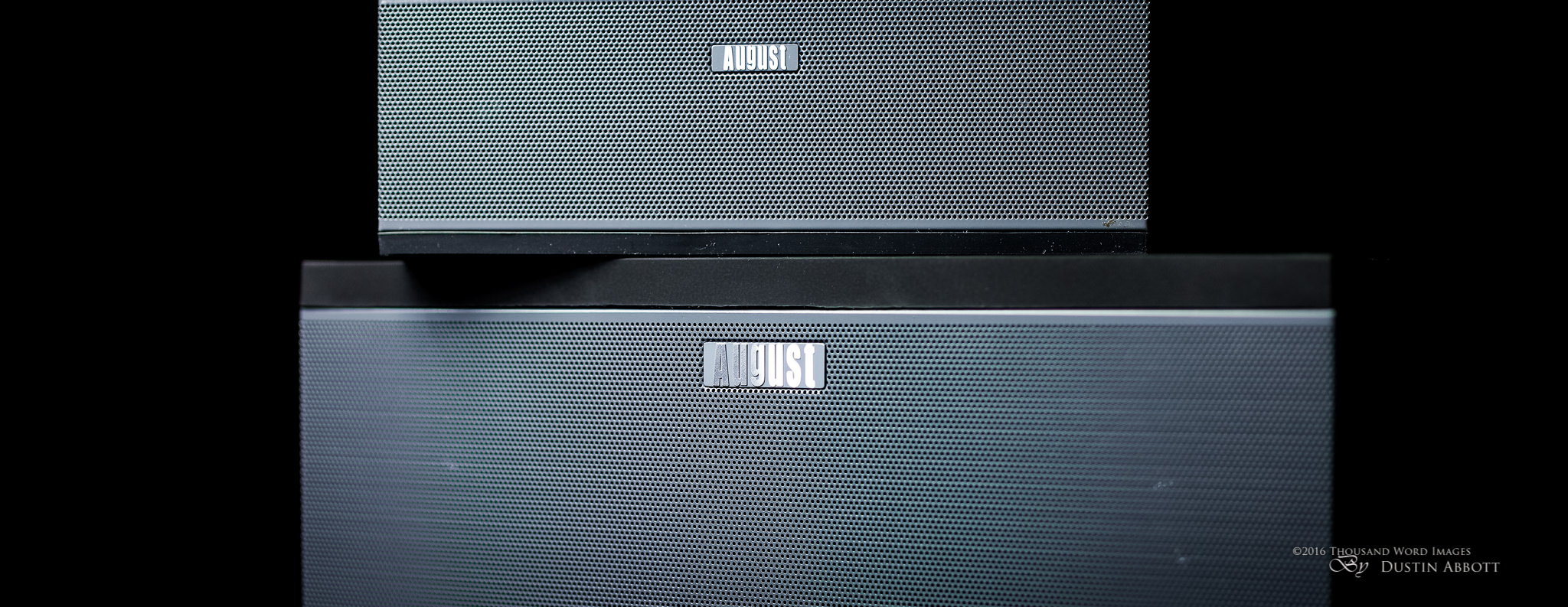

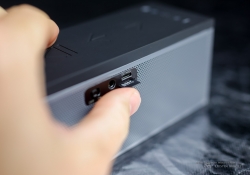
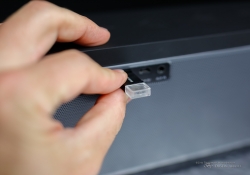
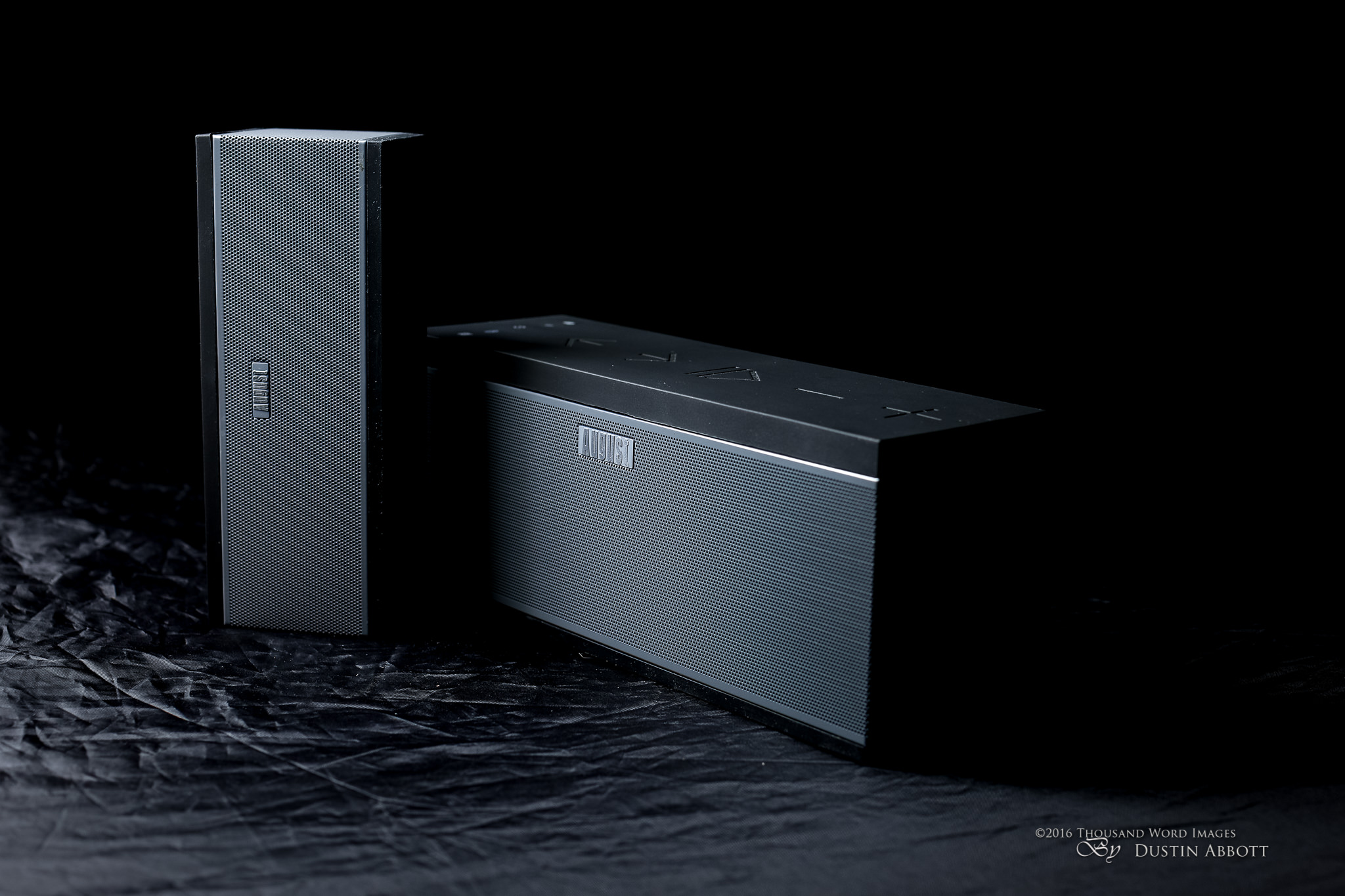


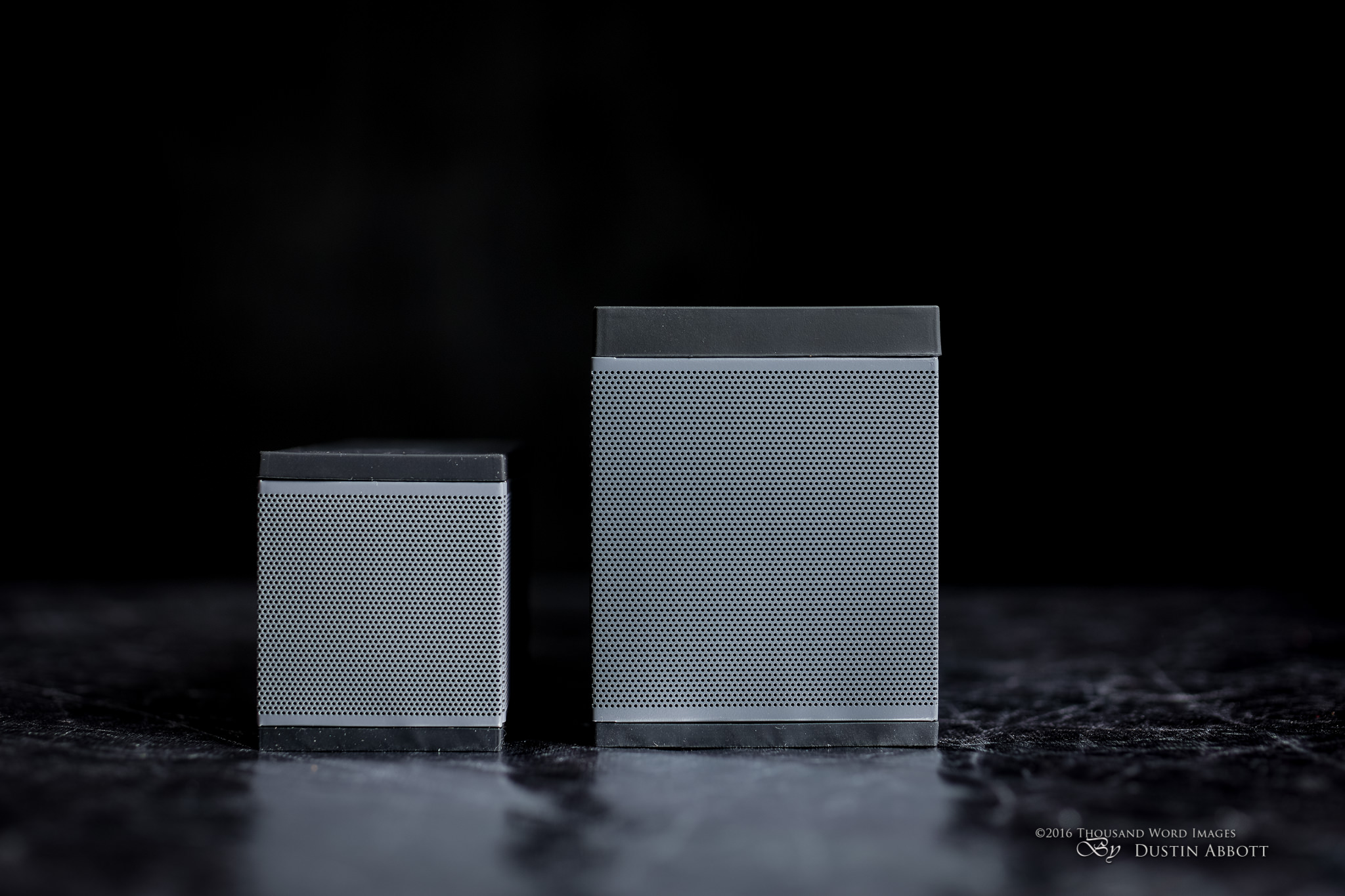
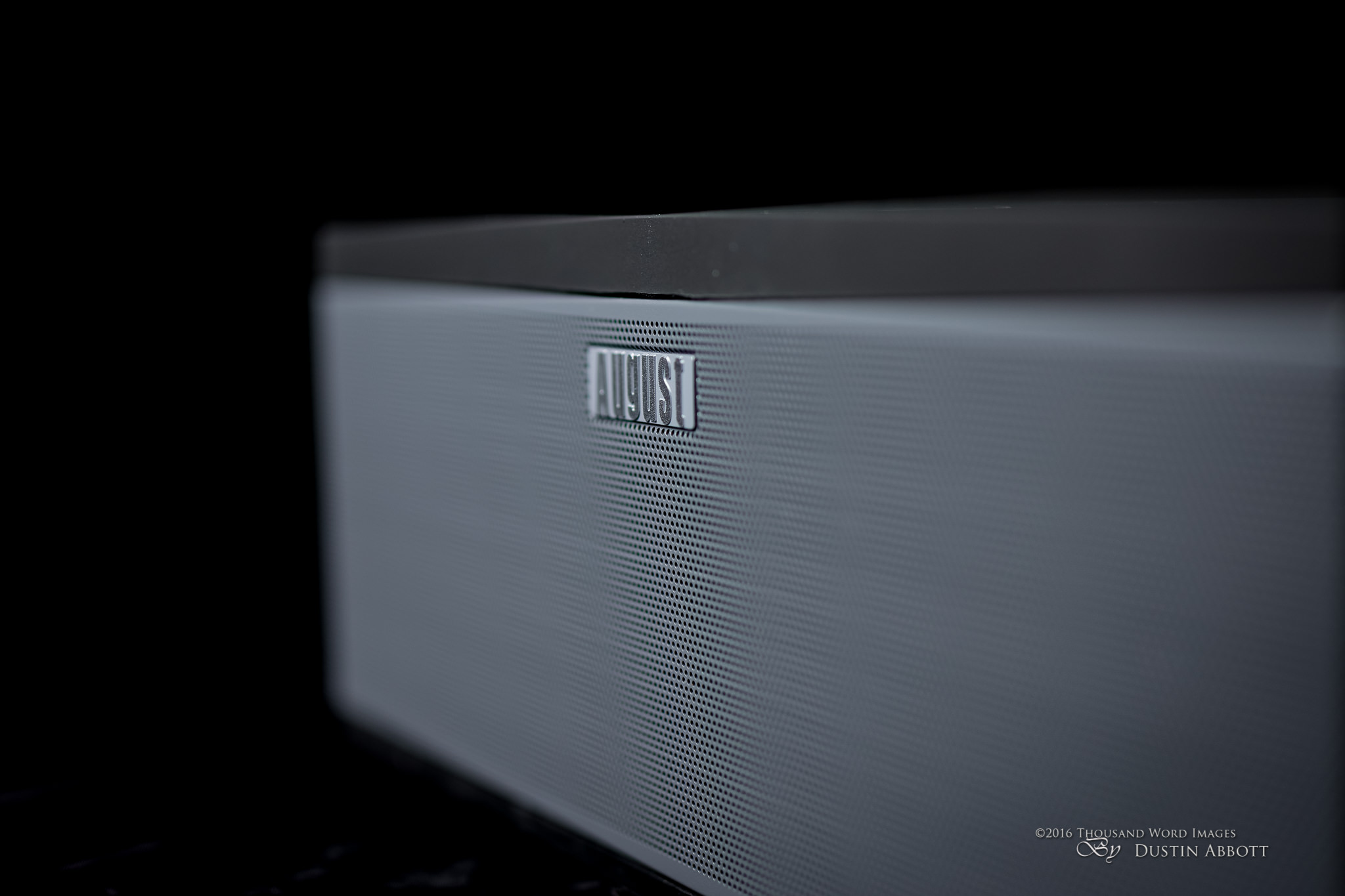
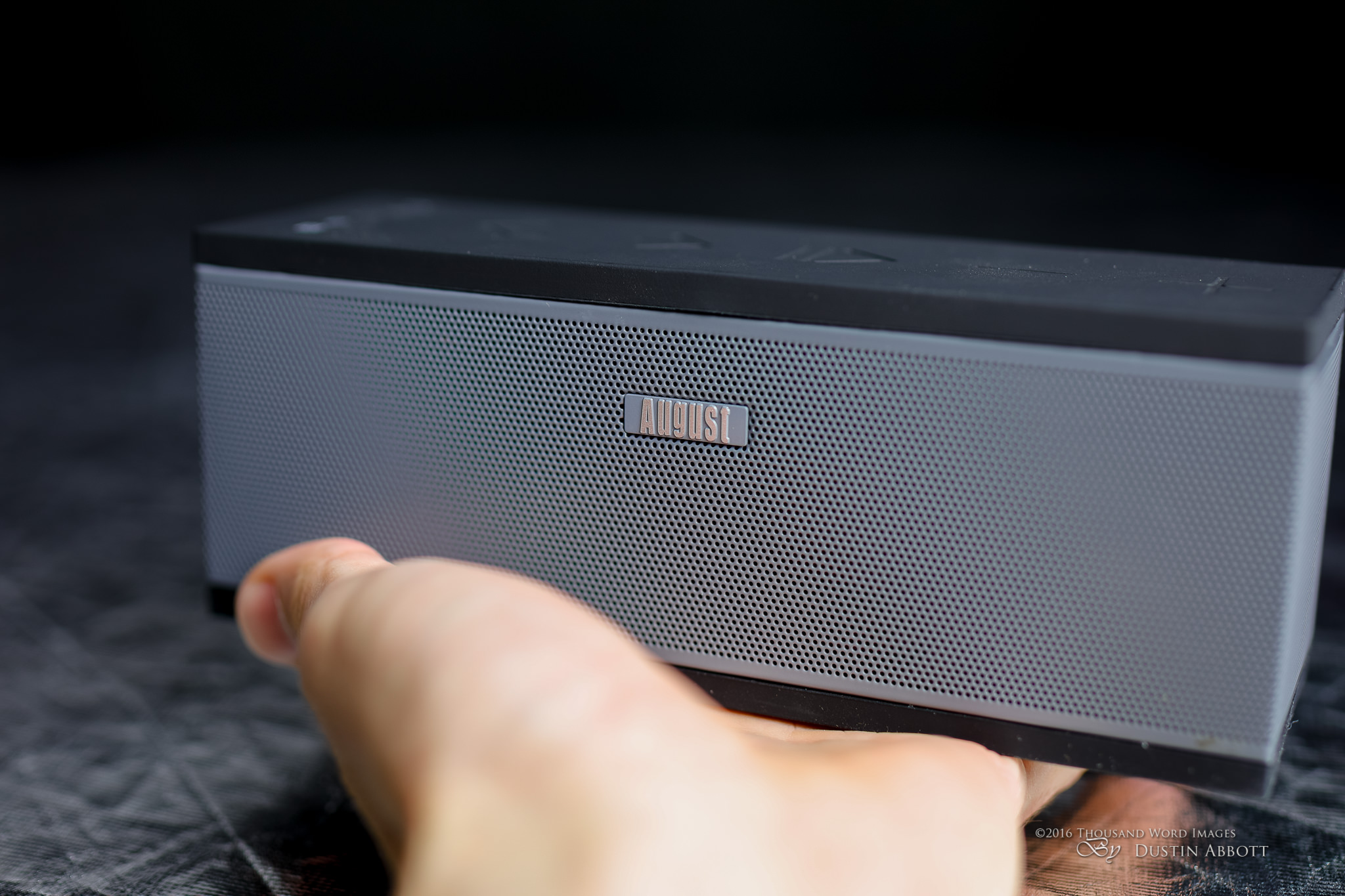
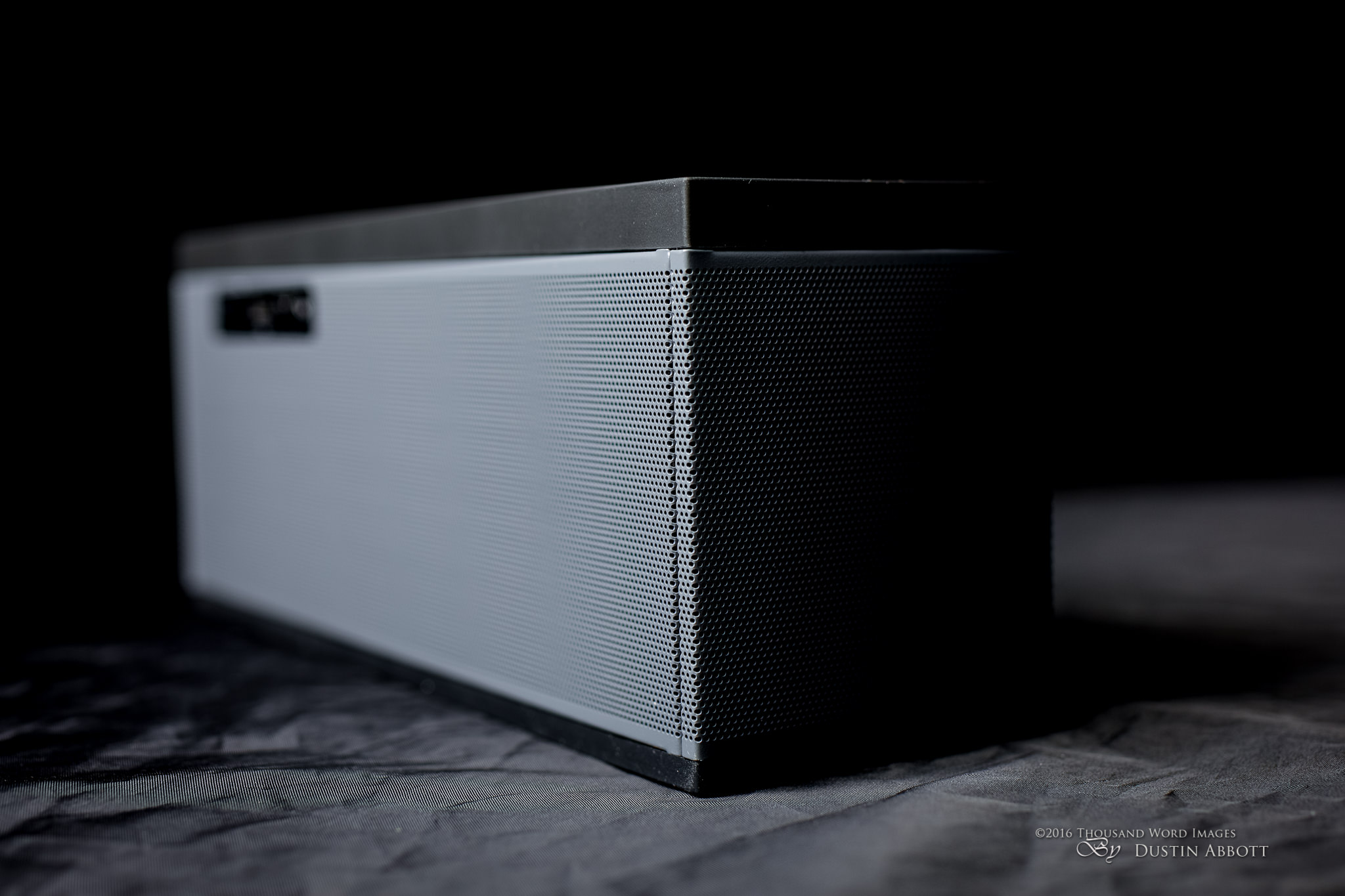
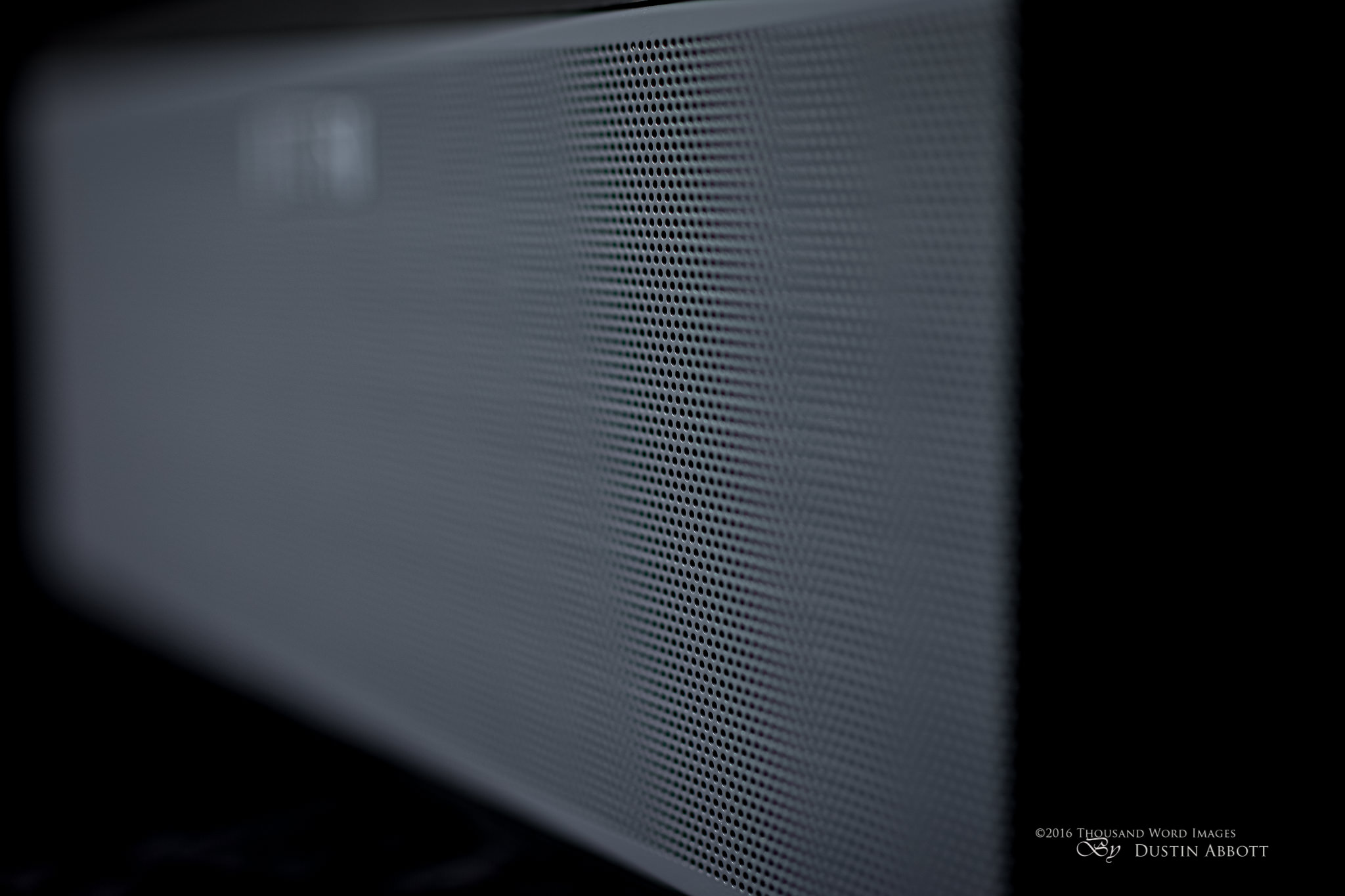


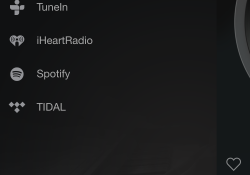
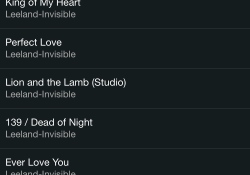

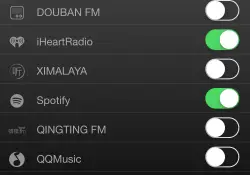
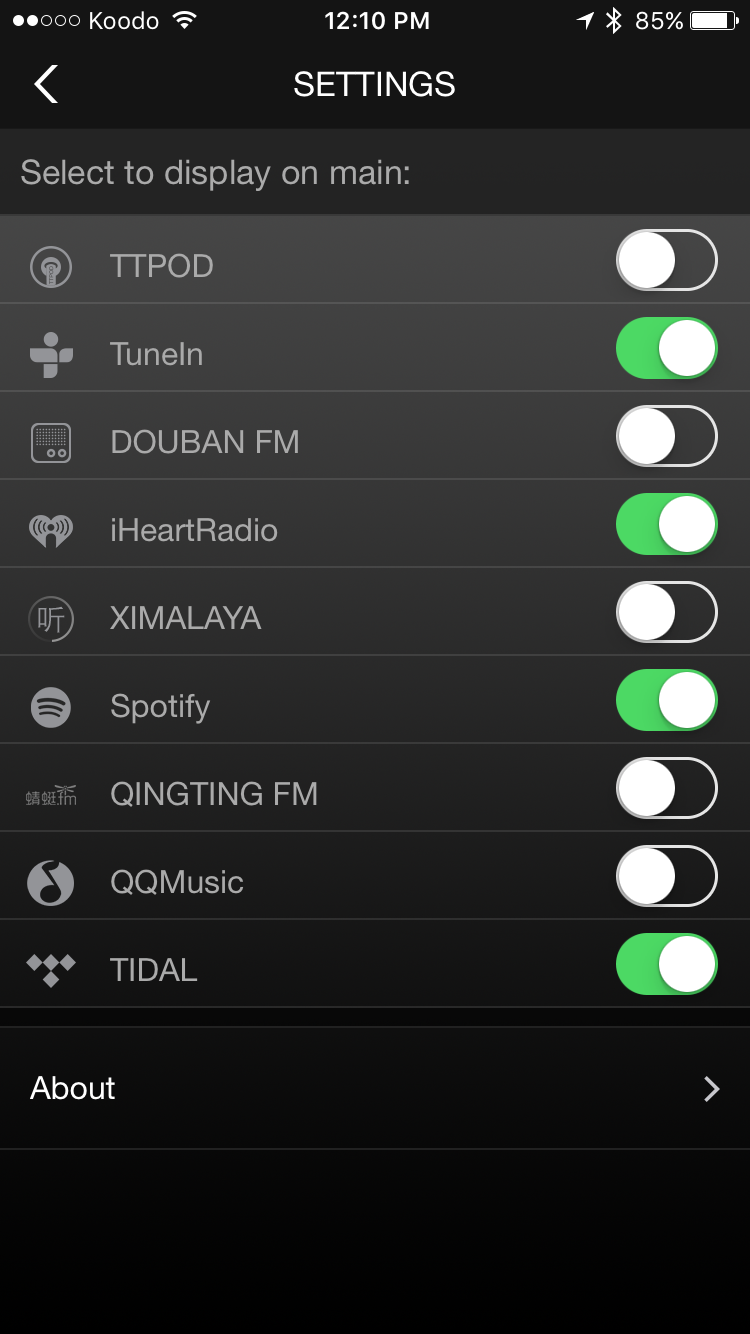
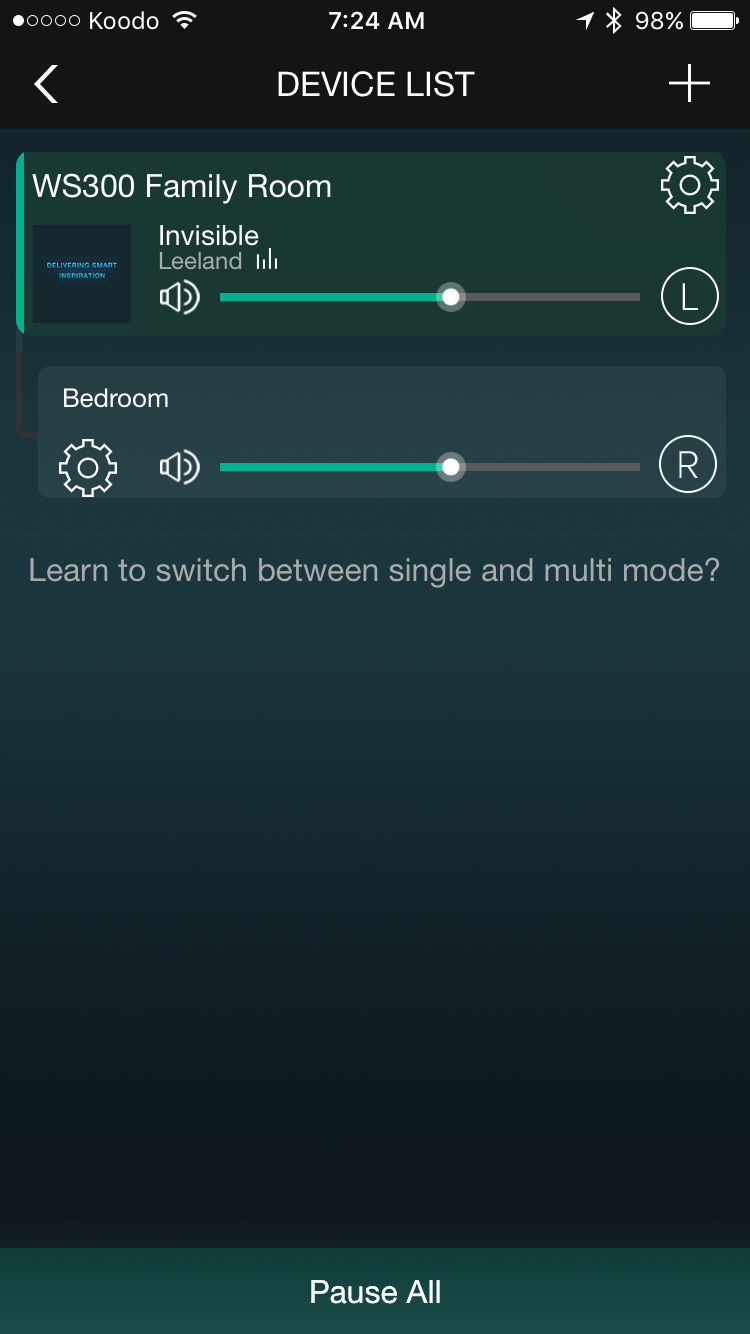
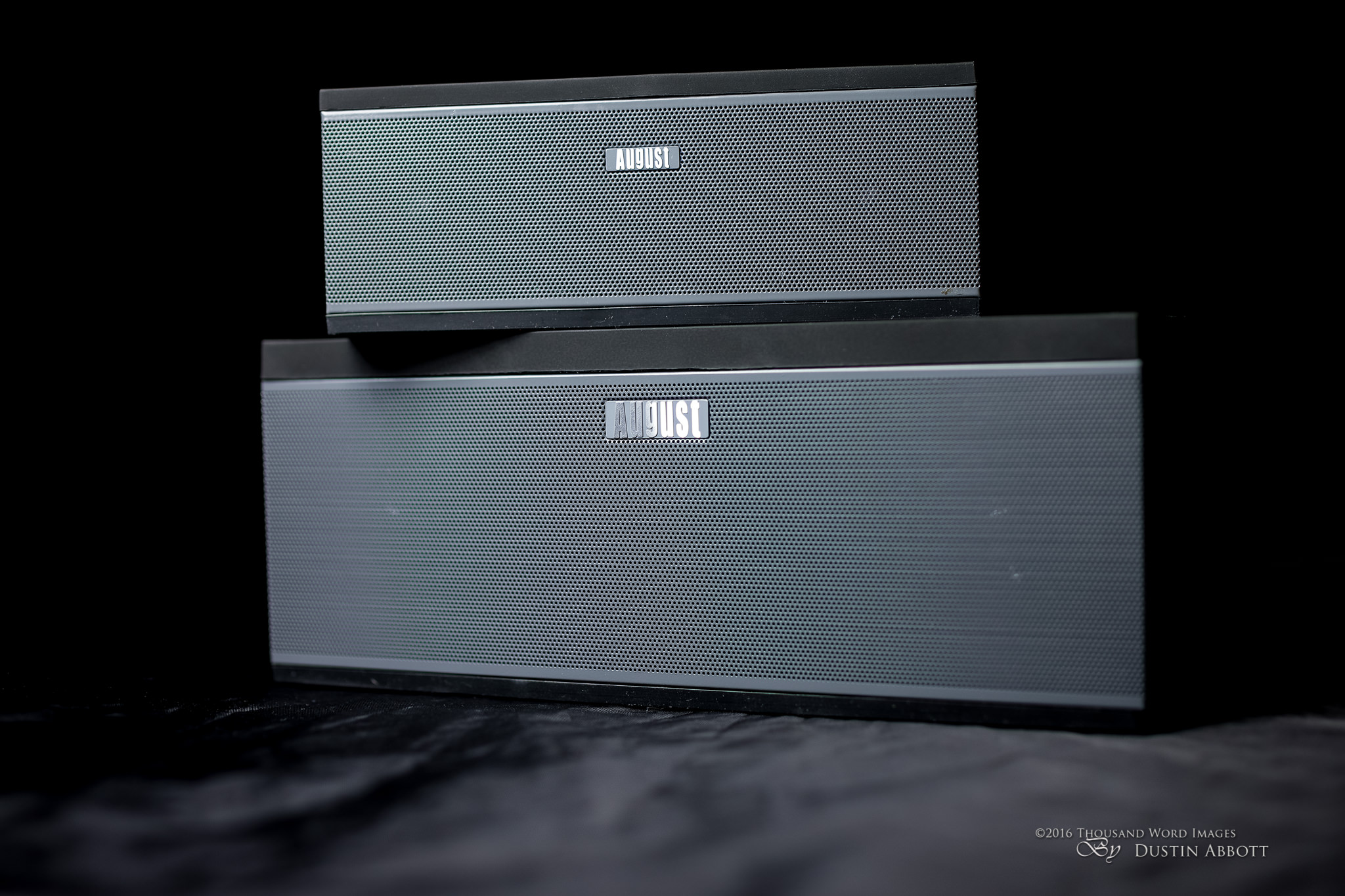

 Sigma 17-40mm F1.8 DC | ART Gallery
Sigma 17-40mm F1.8 DC | ART Gallery 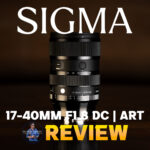 Sigma 17-40mm F1.8 DC | ART Review
Sigma 17-40mm F1.8 DC | ART Review  Viltrox Pro AF 85mm F1.4 FE Gallery
Viltrox Pro AF 85mm F1.4 FE Gallery  Viltrox AF 85mm F1.4 PRO FE Review
Viltrox AF 85mm F1.4 PRO FE Review 


